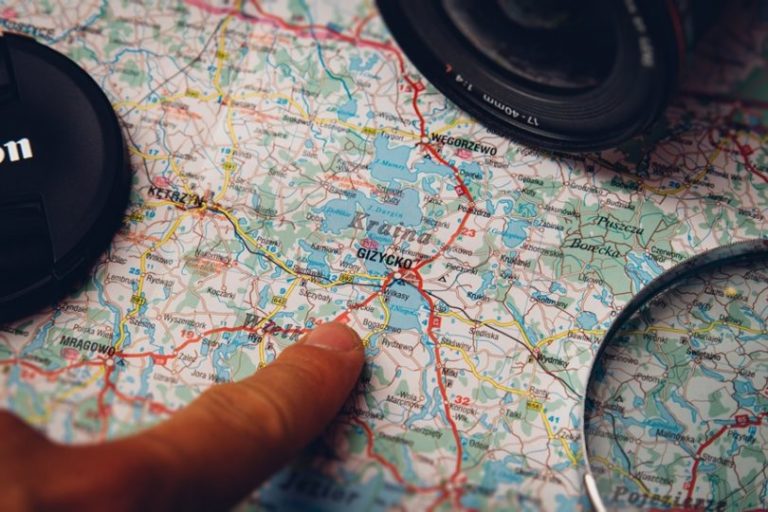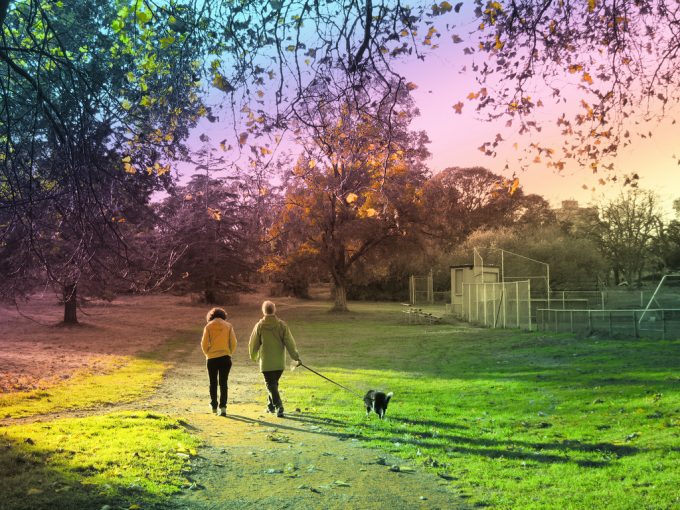Hiking Safety: Tips on How to Survive and Stay Safe in the Wilderness
Researchers have proved that hiking and spending time in national parks or local parks have the potentials of helping people to recover from ailments and cope with stress generally. It is a fascinating experience for outdoor enthusiasts, better enjoyed during the warm and clear days of the summer when the environment is cozy and comfortable.
However, it does not matter the season of the year you decide to embark on the exercise, all you need is comprehensive planning and adequate preparation. Are you preparing to have your first encounter with the wild?
See also: How to Hike: Your Guide to Have the Best Hiking Experience
If you are new to ‘life in the wilderness’, you need to learn the ways to stay safe and comfortable, else you can become a victim of unpredictable and unexpected mishaps. When it comes to hiking,‘better safe than sorry is what we always say’.
You need to also study these hiking safety guidelines because it would be helpful and also sharpen your experience. Planning is an important tool to arm yourself whenever you are going to encounter the unfamiliar wild horizon. As it is said, he who fails to plan has planned to fail.
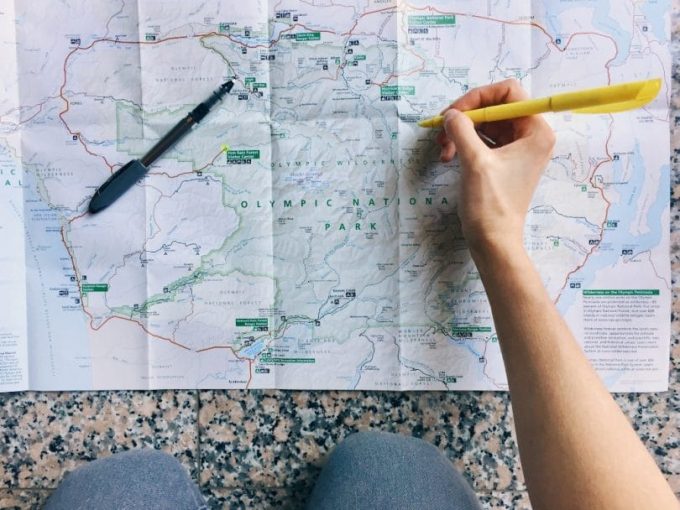
This article is aimed at enlightening hikers and campers in general on how to stay safe and survive in the wilderness. It is a safety guide intended for new and experienced hikers to avoid some common mistakes before or during the exercise.
Furthermore, if you want to embark on hiking adventure as a family or group, there are safety tips for families to help you cope with the challenges of the workout and hazards of the environment. Before we learn the safety tips every hiker should imbibe, let us understand some of the recurrent costly mistakes that need to be avoided.
How to avoid frequent mistakes on the trails
First, you must learn how to avoid some common mistakes adventurous persons make on the trails frequently. Outdoor enthusiasts have found hiking to be very soothing and refreshing for their bodies and minds.
However, they make several mistakes in the process of seeking emotional and psychological relief from anxieties and worries over life issues.These mistakes can put their lives at risk no matter the age or experience level; they could be injured, stranded, lost,attacked by wild and dangerous animals, and even die in the end.
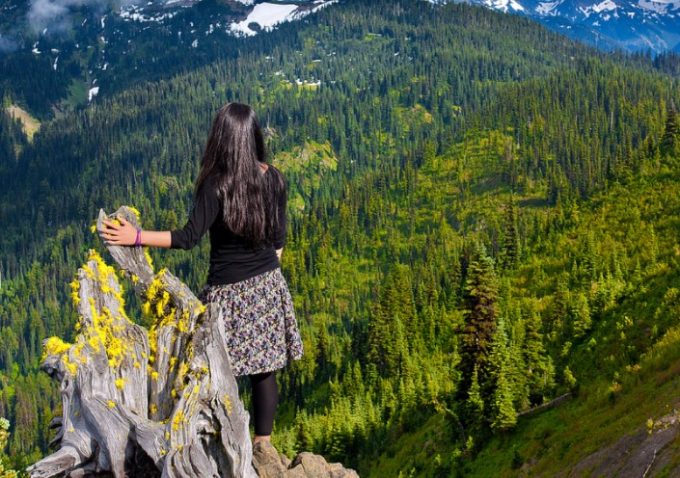
If they should understand very well how to plan and prepare for expeditions, they can avoid some of these mistakes like hiking alone, ensuring the trip is not publicized, and not separating from the group.
In addition,they should endeavor to avoid making the mistake of not understanding when to turn back, not paying attention to their body signals, not being responsible for the health and safety of the dog, not carrying the survival kit, and not dressing properly.
Common mistakes and life-saving guidelines
Let us analyze these mistakes in details in order to give you a comprehensive knowledge and understanding of the consequences that could follow if you do not adhere to the necessary precautions, and how you can avoid the errors.You can easily follow the life-saving guidelines that could keep you out of trouble if you imbibe them during your hiking expeditions.
Hiking alone
It is a very dangerous exercise to embark on hiking alone. This is due to the presence of deadly animals on the trails. You should always go with a group of people. There is more safety in a multitude than a person hiking in the wilderness alone.
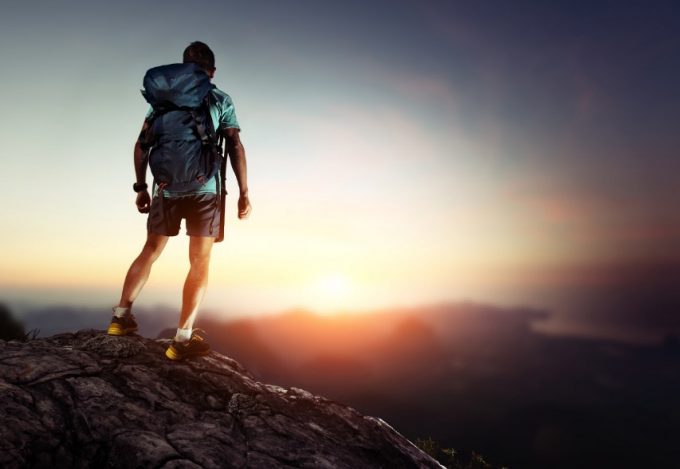
Ensuring the trip is not publicized
Your itinerary should be kept a secret and only disclosed to someone you can trust. It could be documented on a paper and handed over to the person. Moreover, information such as the speculative time of departure, if you are going as a group of persons, you should document the names, addresses, and phone numbers of all the members of your itinerary.
In addition, if you have peculiar health or medical challenges you can state it, indicate also the make, model, and license number of your vehicle, declare the particular areas and routes you want to visit that is, camp sites and trail information.
Other relevant details you need to specify are the final place you intend to visit and the speculative date of return.These are the clues and evidences proposed by Search and Rescue necessary to assisting tracing people in case of eventualities and emergencies.
You can even post the info on social media platforms like Facebook, twitter, LinkedIn, or e-mails and text messages. Do not hesitate to send a message to your contact if you decide to change your route and hiking destination.

Most importantly, you should agree with your contact person the procedures for alerting the authorities if you do not return on a specific date and there are no clues regarding your whereabouts.
Ensure to drop a copy of your hiking plans in your vehicle as a guide in locating you as well if there is an emergency. These are life-saving guidelines for successful hiking adventures do not ignore them before embarking on your journeys.
Separating from the group
One of the dangerous mistakes most hikers make that could put them into trouble is separating from the group. It is advisable to start as a group, hike as a group, and end the journey as a group. You can only maintain a conversational distance in order to monitor your paces. This is necessary to ensure the safety of everyone in the group.
Not making the decision to turn back
When your life or that of any member of the group is in jeopardy, you need to decide to turn back from the journey. That means if any member of the group is in bad condition, everyone should retreat. Most persons are affected by summit fever when they have climbed some heights. Understand your limitations and know when to suspend the adventure.
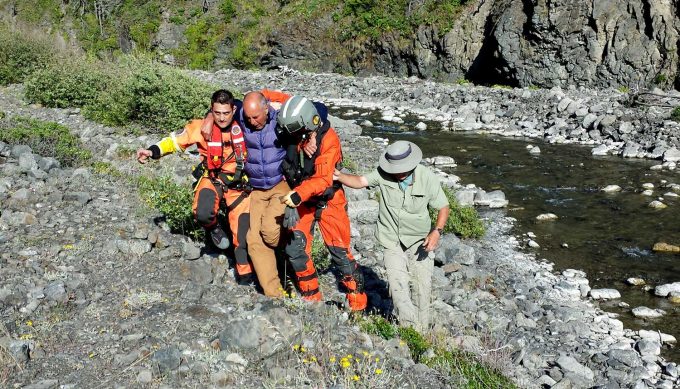
Here are some of the reasons that could make someone decide to turn back from the trip: pain, injury, or illness, fatigue, weather changes, poor preparation, physically unfit, environmental medical conditions such as dehydration, injuries from heat, effects of altitude, and injuries from cold.
Other conditions that could make you turn back are hazards such as the presence of swift water, avalanche danger, adverse terrain, poor estimation of the time to return from trip, low experience, proficiency, and skill levels.
The mistake of not paying attention to your body signals
Do not ignore your body signals whenever you are hiking. If you are experiencing headache, fatigue, dizziness, shortness of breath, nausea, and other negative health conditions, discontinue the journey immediately. These body signals could be symptomatic of environmental health disorders such as:
Dehydration
Altitude illnesses like HAPE (high altitude pulmonary edema), AMS(acute mountain sickness), and HACE(high altitude cerebral edema). You will experience these symptoms when you are climbing the mountains.Injuries occur from exposure to chilly environments like frostbite and hypothermia, which is a life-threatening health condition. Do check out our piece on the top electrolyte supplement to prepare yourself for tedious hikes.

Do you know that these illnesses are self-inflicted? If you are properly enlightened and prepared for your expedition, you will not encounter these health hazards. You should undergo wilderness-based first aid training in order to increase your awareness of hiking hazards.
You should also know what to do in emergencies as you help others and yourself. You can stop dehydration by taking enough water in order to support your body systems for optimum performance.
Sun blindness
Injuries result from excessive heat, like fainting or heat syncope, sunburn, heat cramps, exhaustion, and the life-threatening heat stroke.
Not being responsible for the health and safety of your dog
Are you aware that the dog can be as healthy as you want it to be? Your pet can be a great companion during the hiking days if you decide to take good care of it. For proper growth and development, the dog needs a good amount of food and water as much as much as human beings do.
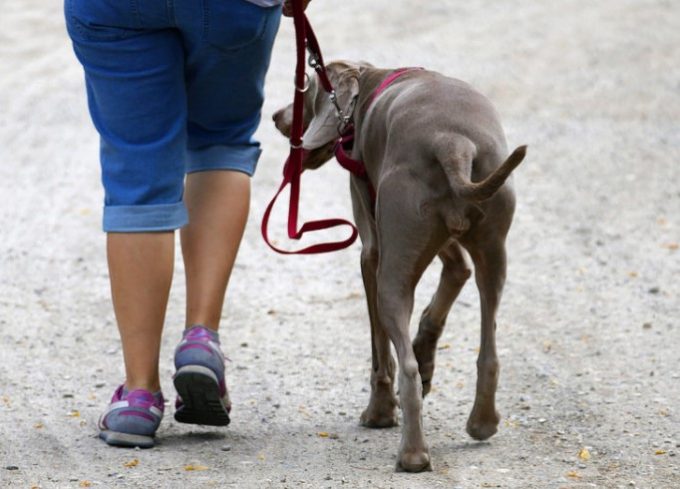
Forgetting your survival kit
Endeavor to go hiking with your survival kit as this will help you stay dry, hydrated, and warm always. The items you could see in a survival kit are:
- good clothes (worn or spare)
- food, first aid kit
- fire-starting kit
- water
- insulated pad to lay or sit on
- water purifying devices
- shelter suite (10 ft x 10 ft tarpaulin and 50 ft of parachute cord)
- signaling equipment like signal mirror
- flashlight
- whistle
- navigational tools such as compass and map.
The mistake of not dressing properly
Hiking is better enjoyed during summer times when the weather is friendly and cozy. Remember,you should avoid cotton clothing because it takes a long time to dry. Be sure to get cold if you wear wet clothes. You will feel better if you wear fabric blends, wool, and water resistant synthetics because they dry quickly and give warmth even when wet.
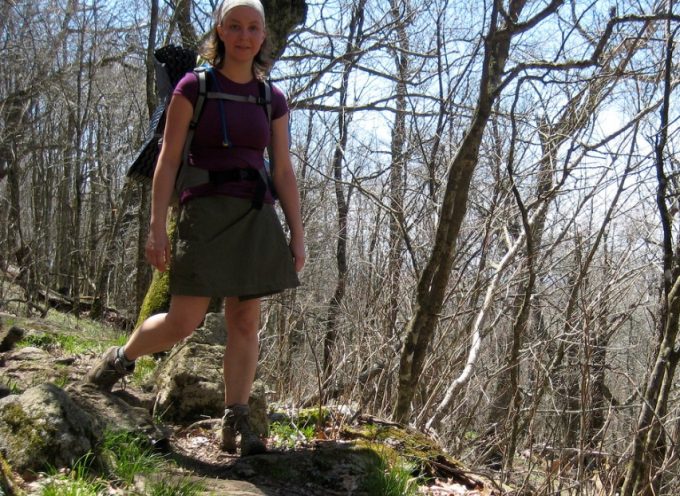
Before, embarking on the adventure, you should learn how to add or remove layers from your clothing in order to control your body temperature. Whenever you are hiking, use the do not sweat rule to control your body heat. In addition, bring a closed cell foam pad if you want to lie or sit down on the ground for a long time. This will help to reduce the amount of body heat that goes to the ground. See our earlier article on the top base layers to wear on your next hiking trip.
Other common mistakes hikers make
The views here are according to Mandy Pohja, a wilderness instructor and guide in the National outdoor leadership school (NOLS). Hiking is not just putting one foot in front of another; it involves some strenuous activity aimed at re-positioning your mental and psychological mean positively.
Over stuffing or under packing of luggage
Most hikers tend to stuff their luggage with unwanted items that they may never use during the expedition while other persons do not take enough required materials making them run out of stock especially during emergencies. Some of the necessary items you need are a map and compass, sunscreen and sunglasses, a headlamp or flashlight, a rain jacket, food, and water.
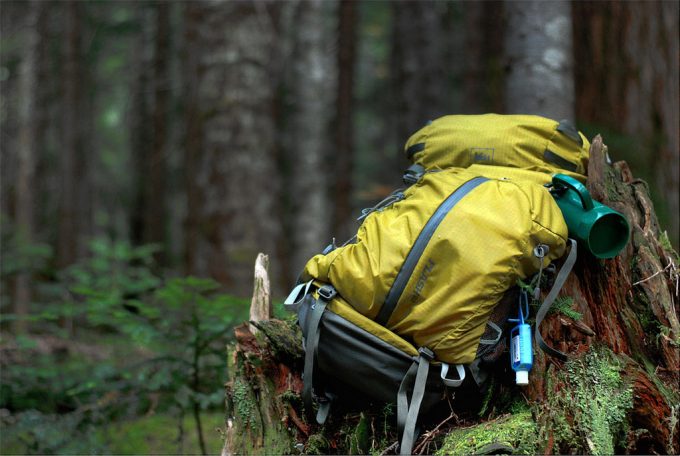
Inability to read and interpret the map
Before embarking on a journey, ensure that you understand the map. Let the pointers on the map fit correctly to what you see before you. Do not assume by instinct that you are in the correct place. For more tips and tricks on basic map reading, see our must-read article on this.
If the map reads that there is a cliff along the way and you have gone some distances without seeing it, then stop and try to locate it, or stop moving further before you miss your way completely.
Choosing and following the wrong path
Newbies and experienced hikers make this mistake frequently, that is, choosing and following the wrong path. This could be due to inability to read and interpret the map or simply carelessness in locating the right pathway. You may lose some valuables in the process and it could take you some hours before retracing your way.
Running on exposed rocks and cliffs
This is a dangerous thing to do because you may not know where the next step could lead you. It could trip you off into a pit or fast running water and that may be a dead end for you. Therefore, watch before you leap in order to avoid regrets.
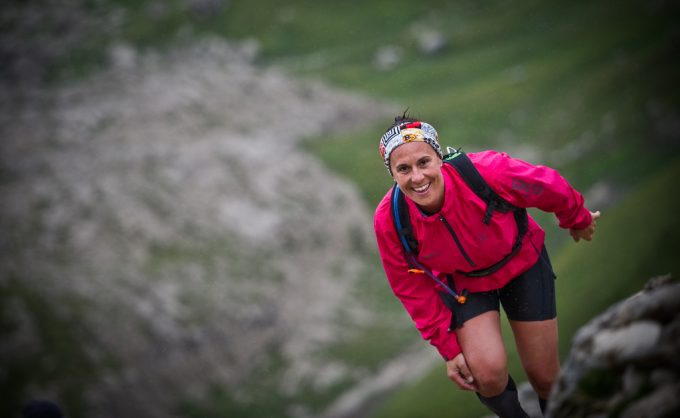
Having known some of the common and peculiar mistakes you could make while preparing for hiking and during the exercise; let us learn the ways you could stay safe and enjoying the trails.
How to practice hiking safety tips
These are set of rules and ideas that every hiker must imbibe during the exercise in order to stay safe as an individual, family, or group. These safety rules include:
Be conscious of Zika virus
In order to be safe from Zika infestation, the Center for diseases control has issued travel warnings for areas in the Central America, South America, Pacific Islands, Mexico, and the Caribbean due to the outbreak and widespread of the virus in those regions.

However, currently in Georgia and the United States of America in general, there are no cases of locally transmitted Zika virus. The bites of species of infected aedes mosquitoes spread this disease.
The symptoms of Zika disease
Most persons may not know that they have contracted the virus after hiking in infested areas. Some of the symptoms of this disease are redness of eyes, fever, joint pains, and rash on your body during the journey or if you notice them within two weeks after traveling to an infested area.
In most cases, people can contact Zika by having sexual intercourse with an infected person. It is also the cause of many birth defects if contracted during pregnancy.
How to prevent the spread of the virus
You can prevent the spreading of this virus in the following ways:
- Use permethrin to treat your clothes and gear
- Put mosquito nets around picnic areas
- By using the recommended 20% to 30% DEET insect repellent
- Look out for stagnant water and notify park personnel
- Wearing socks, pants, and long sleeves

Avoid dehydration by drinking enough water
About 75% of the fluid in your blood stream is made up of water. Therefore, you can avoid dehydration by taking enough water, especially during the day. Human beings take about 1.5 liters to 3 liters of water every day.
Symptoms of dehydration
The following are noticeable symptoms of dehydration:
- Thirst – This is the major symptom of dehydration signifying that the body has lost a high amount of water.
- Reduced urine output – You experience decreased urine output when you are dehydrated. This means, the quantity of water in your body is low and in this condition, you cannot produce enough urine. If dehydration is prolonged in your body and not treated, it could result to some other health conditions like mental confusion, total body weakness, a rapid heart rate that may lead to coma or heart failure.
Study the maps and trails listings by state
Endeavor to study and understand the U.S.A trails and maps listings by state. This will enable you to understand the particular area that suits your hiking needs because there are more than fifty-six thousand trails and routes you need to know in order to have a safe and comfortable journey.
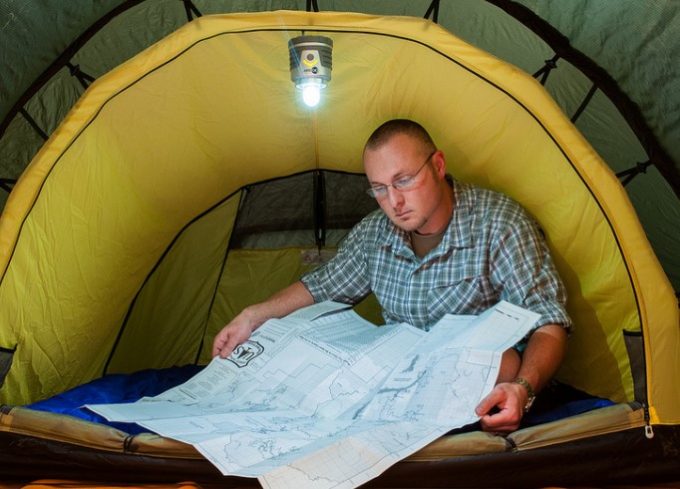
Be cautious and conscious of bears and other dangerous animals
You need to be cautious of the presence of bears and other dangerous wild animals in order not to be attacked by them. Always hold and blew the whistle whenever you see them, as this will scare them off.
Hiking safety awareness for families
It is expedient for families to hike together in order to enhance togetherness and closeness. The exercise will promote attraction and affinity to nature as well as physical fitness for the participants. You should allow the children to stay close to adults in order to ensure animals do not attack them.

Dehydration and fatigue are two factors that could hinder the children from having a successful expedition. If this challenge occurs, it is better to turn back than continuing the exercise. However, you need to learn and understand ways to keep your children safe on a hike trails as you maintain their enthusiasm and happiness in socializing with nature.
The persons that can benefit from these tips
The categories of persons that could benefit from this safety and survival tips are hikers, mountaineers, and campers generally that need to familiarize and get acquainted with nature.
How to stay safe and survive after the hiking experience
Hiking could impose corporal pains, injuries, and discomfort on participants due to health and fitness backgrounds. As earlier stated, it is better to know your limits and never exceed that as you socialize with nature.
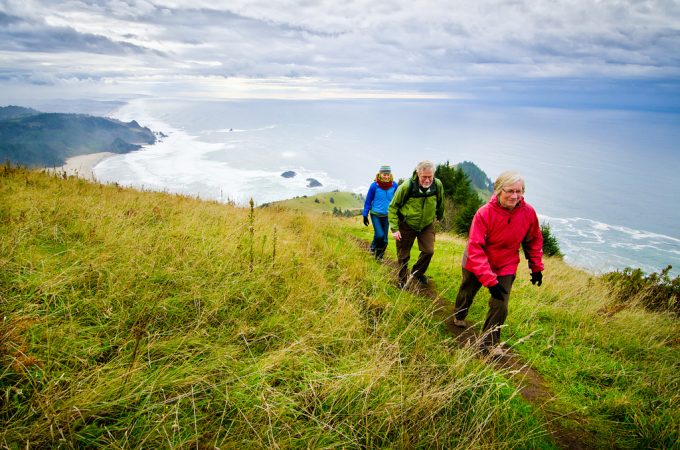
It is true that conditioning can enhance your comfort and well-being on the trails.However, you need to imbibe on resting after the hike. If you sustained an injury during the exercise, endeavor to seek medical advice and get treated as soon as possible. This will help to prevent the pain from escalating beyond your imagination.
You should also monitor the progress of your health in relation to the hiking goals you set. In addition, you should write the updates about your hiking goals, experiences, and health. Review some important tips about the hiker responsibility code on a regular basis to be prepared always.
Conclusion
Hikers should endeavor to plan and prepare beforehand, as this is an essential approach to a successful hiking. You should have a partner to keep you company during the exercise. Moving together as a group will help to guide against some unexpected harm or attack by wild animals and the possibility of missing your way.
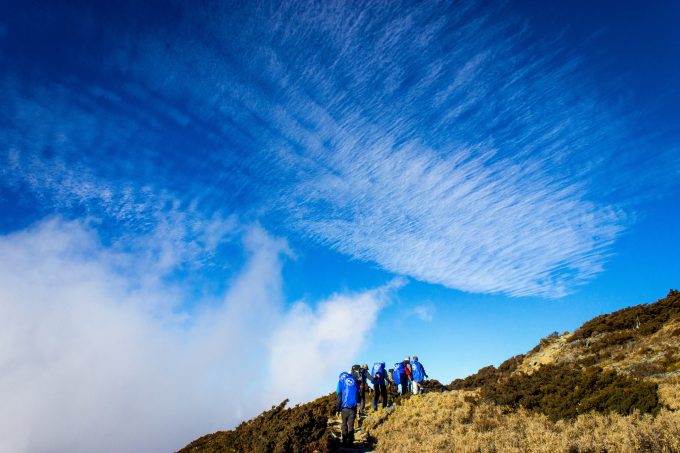
Do not make your journey public but have a confidant that you can entrust the details of your movement like the intended areas of visit, date of departure and return, phone numbers to call at any time, etc.
Having learned all the safety tips you should imbibe during hiking, can you briefly explain how you are planning and preparing to stay safe and survive in the wilderness?
Read our earlier article on camping safety tips to help you survive in the wilds for more information.


